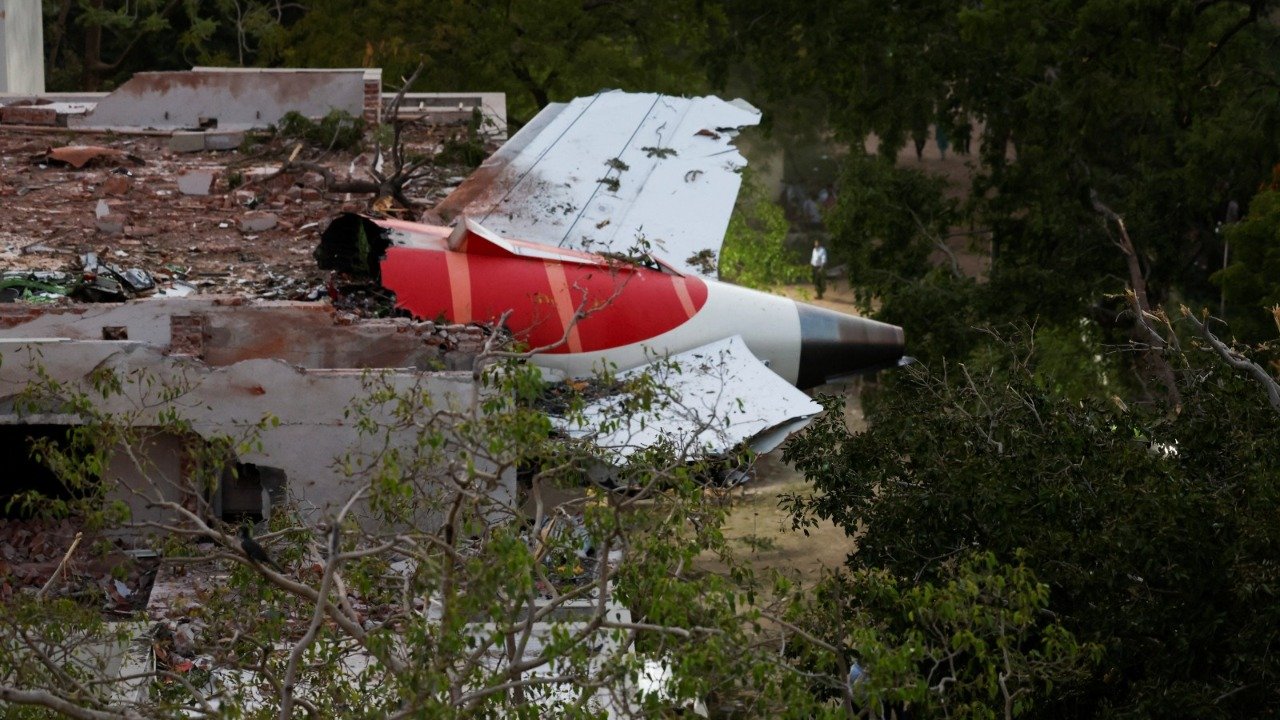In June 2025, Prime Minister Narendra Modi laid out a bold and transformative roadmap at the World Air Transport Summit in New Delhi. The PM Modi Aviation 2025 vision promises to catapult India’s aviation sector into a global leadership position through massive infrastructure investment, digital innovation, and sustainable aviation policies.
1. 🇮🇳 India Becomes the 3rd-Largest Aviation Market
PM Modi highlighted India’s rise as the third-largest domestic aviation market. From just 74 airports in 2014, India now boasts over 160 airports, with a target of 400 by 2047 to handle 500+ million passengers annually.
2. Massive Aircraft Orders
The government has placed orders for over 2,000 new aircraft to meet rising demand. These planes will help modernize India’s fleet, improve connectivity, and offer better travel experiences.
3. UDAN Scheme Expansion
The UDAN (Ude Desh Ka Aam Nagrik) scheme continues to connect remote towns to India’s aviation grid. Over millions of first-time flyers have now taken to the skies, thanks to affordable regional flights.
4. Infrastructure Superstructure Vision
PM Modi stressed the need for an aviation superstructure. Terminals, runways, navigation systems, and ATC upgrades are being rapidly implemented. Over 100 airports are being upgraded with smart, green technologies.
The PM Modi aviation 2025 roadmap is not just about infrastructure but also about empowering passengers and modernizing the aviation ecosystem.
5. Global Collaborations & Green Aviation
India signed key international agreements promoting green fuel, carbon-neutral airports, and sustainable aviation. These partnerships align with India’s goal of becoming a net-zero emission aviation hub by 2070.
6. MRO (Maintenance, Repair, Overhaul) Growth
India is emerging as an MRO powerhouse in Asia. With 100% FDI, tax reforms, and faster licensing, global companies are investing in India’s aircraft maintenance and repair ecosystem.
7. Open Sky Policy Boost
Modi’s speech strongly backed the Open Sky Policy, which allows unrestricted air travel with partner countries. This will strengthen tourism, trade, and international collaboration.
8. Digital Transformation: DigiYatra
Under the PM Modi Aviation 2025 plan, India leads with DigiYatra—a facial recognition-based paperless boarding system. It reduces wait time and offers seamless travel, inspiring many nations to adopt similar systems.

With PM Modi aviation 2025, the government emphasizes passenger convenience, smart airports, and eco-friendly flying solutions.
9. Women in Aviation
India is home to the highest percentage of women pilots in the world—15% and rising. Modi emphasized empowering women in roles like pilots, engineers, drone operators, and airport managers.
10. Future of Aviation Meets Space
The summit hinted at futuristic goals like commercial space travel, hypersonic passenger aircraft, and orbital logistics systems. Modi declared that India will lead in the convergence of aviation and space science.
Overall, PM Modi aviation 2025 is a bold and transformative vision that sets India on course to become a global aviation leader.
11. Aviation Sector and Job Creation
PM Modi’s 2025 vision isn’t just about planes and runways—it’s about creating employment opportunities across the country. From pilots and engineers to ground staff and digital system operators, the aviation expansion is expected to generate over 1 lakh new jobs. This will especially benefit the youth in Tier-2 and Tier-3 cities where new airports are being developed.
12. Global Collaboration and Investment
India’s aviation push has caught the attention of international investors. During the 2025 summit, several global aviation giants and private investors expressed interest in building maintenance hubs, training centers, and tech innovation parks. This not only boosts FDI (Foreign Direct Investment) but also positions India as a hub for global aviation technology.
13. Environmental Commitments
A major focus of PM Modi’s aviation vision is sustainability. India plans to adopt biofuels, solar-powered terminals, and electric ground vehicles to reduce its carbon footprint. This aligns with India’s larger climate goals and sets a benchmark for eco-friendly aviation in developing nations.
Conclusion
The PM Modi Aviation 2025 vision is not just about expansion—it’s about transformation. With huge investments in aircraft, smart airports, MRO, digital tech, and sustainability, India is building an aviation sector for the future.
From first-time flyers in small towns to global travelers, the benefits of this aviation vision are widespread. With inclusion, innovation, and infrastructure, India is preparing to fly higher than ever before.
PM Modi unveiled the aviation roadmap at the World Air Transport Summit 2025 in New Delhi.



